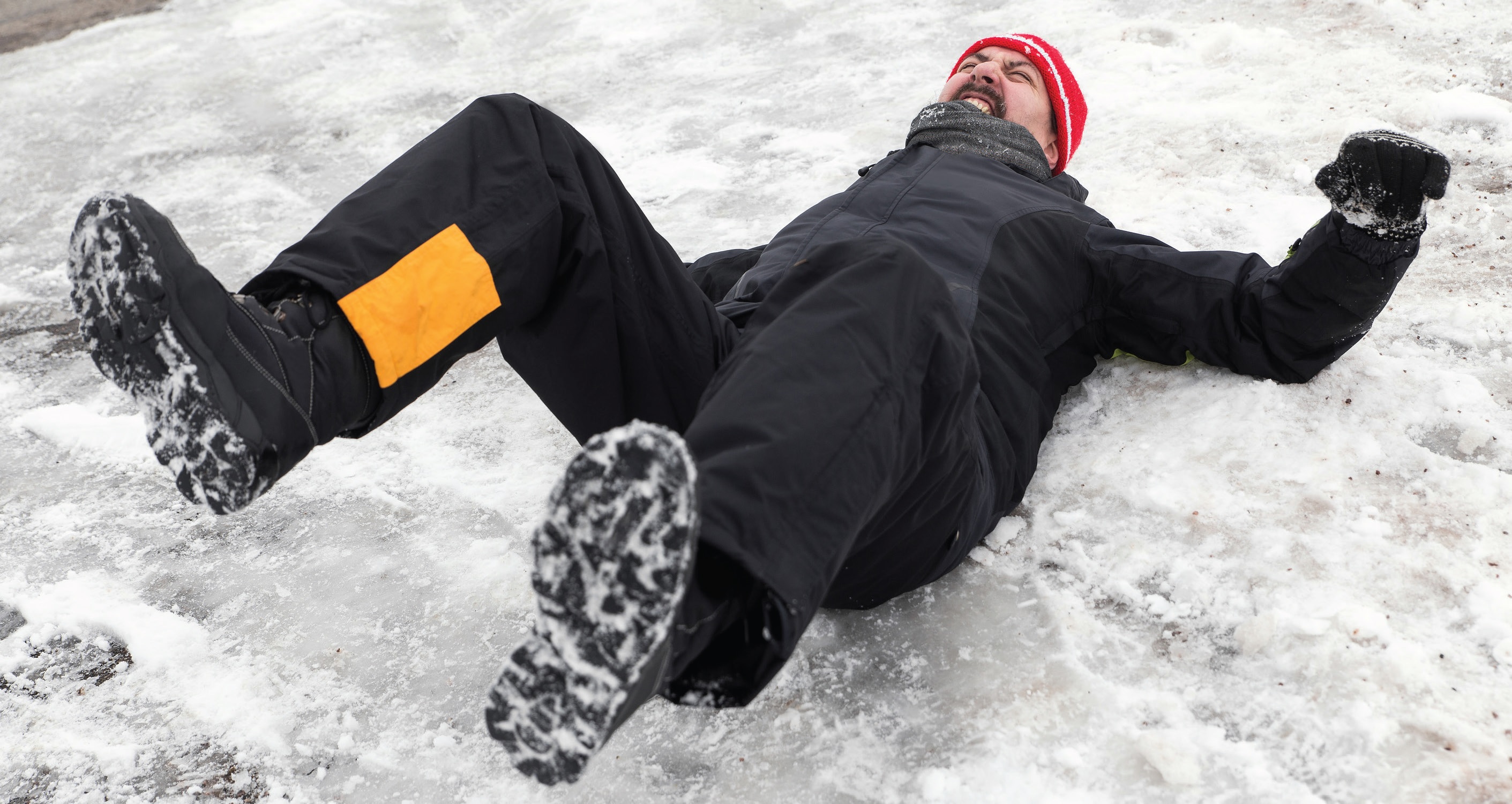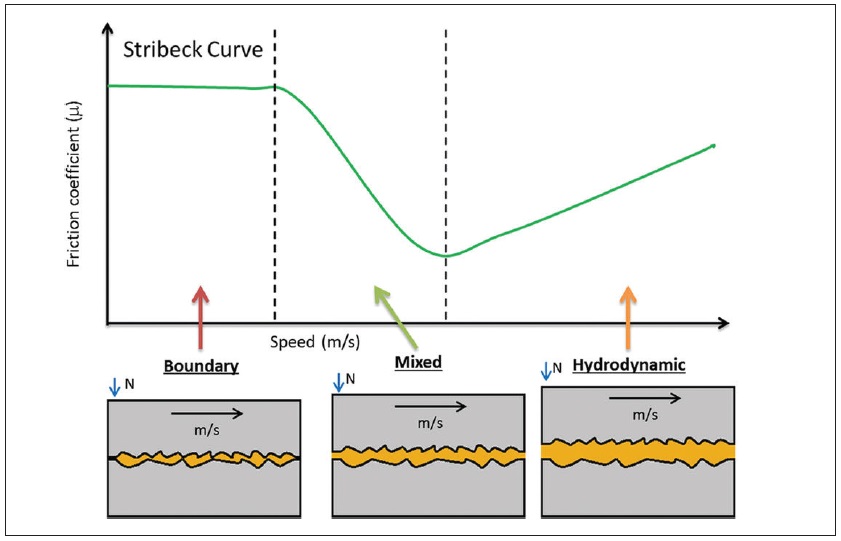Slipping and sliding away
Michael Anderson | TLT President's Report February 2018
Winter brings a new and sometimes painful focus on tribology.

www.canstockphoto.com
IT’S THE BEGINNING OF FEBRUARY, and the winter doldrums are kicking in. Living in the upper Midwest of the U.S., I have begun to appreciate why so many people go south during this time of year. This winter has been particularly cold, in fact, you might say bone-chilling. The sidewalks are covered in a mixture of snowpack and ice. Having recently slipped on this rather nasty ground-cover combination, I thought this month’s article should be on friction.
Tribologically, ASTM D4175 standard defines friction and friction force as follows:
friction,
n—the resistance to sliding exhibited by two surfaces in contact with each other. Basically there are two frictional properties exhibited by any surface; static friction and kinetic friction.
We hear the word friction used in other contexts as well. These non-tribological uses of the word friction are defined in everyday dictionaries. They really don’t apply here, except to say that they are generally used to depict a negative aspect to the action in which they are used. For example, “his attitude caused friction between him and his friend.” We tend to think of friction in a negative context. Even tribologically, most people think that friction is a bad word. But it really isn’t. It is just a word used to describe the resistance to motion in a system. But is it always used correctly?
Oftentimes I read something like, “low-friction fluid.” What exactly does this mean?
This brings me to the point I really want to make. Friction is a product of a system and must be described within the context of a system. The system includes the materials that are in contact, the condition of the surfaces of these materials, pressure (load), velocity, temperature and other environmental conditions. Changing any one of these conditions can change the friction that takes place in the system. Most people that have met me know that Richard Stribeck is my idol. He has great curves! The Stribeck curve completely defines, in an abstract but direct way, the effect that changes in load, viscosity and speed have on friction. Where you are on the curve defines in which lubrication regime the system is under: hydrodynamic, boundary or mixed.
I am often asked how to develop a Stribeck curve for a fluid. The answer can be simple, or it can be very complex. Again, like low-friction fluids, there can only be one Stribeck curve for one set of conditions. Running a tribology test that involves motion will give you a friction value. This value is a point on the corresponding Stribeck curve for the conditions under which you are testing. Changing the load or speed can cause the friction to change, moving the value along the curve. Change the lubricant and you develop a friction value on a separate Stribeck curve corresponding to the second lubricant or the same lubricant at different temperature. The only variables that can be changed by the operator is velocity and load.
One can never develop a full Stribeck curve (
see Figure 1) because the combinations of load, velocity and viscosity are, in practicality, infinite. But it is safe to say that every tribology test is either a point or a part of a Stribeck curve. Note that this is one of Mike’s Rules of Tribology Testing.
 Figure 1. A full Stribeck curve cannot be developed because the combinations of load, velocity and viscosity are practically infinite.
Figure 1. A full Stribeck curve cannot be developed because the combinations of load, velocity and viscosity are practically infinite.
But let’s go back to the term low-friction fluid for just a minute. While this term on its own is meaningless, knowing its intended use informs the user that it will have properties that exhibit lower friction in the application. So we accept these statements because, as users, we know and understand their potential benefits when used in the intended application. Machinery, brakes, clutches, flooring, tires, shoe soles and so forth all benefit in some way from higher or lower levels of friction. Understanding the application can help us to design products with the “right” level of friction.
One more thing about friction. When I fell on the ice, the sole of my shoe in contact with the ice resulted in a very low-friction condition. Higher friction in this case would have been very welcomed. I am now wearing boots with rough rubber soles, and the contact with ice isn’t as slippery. Tribologically, I have increased the friction between the surfaces of two materials: ice and shoe sole. This is another confirmation that tribology is everywhere!
 Mike Anderson is Area Manager Asia Pacific/Latin America for Falex Corp. in Sugar Grove, Ill. You can reach him at manderson@falex.com
Mike Anderson is Area Manager Asia Pacific/Latin America for Falex Corp. in Sugar Grove, Ill. You can reach him at manderson@falex.com.